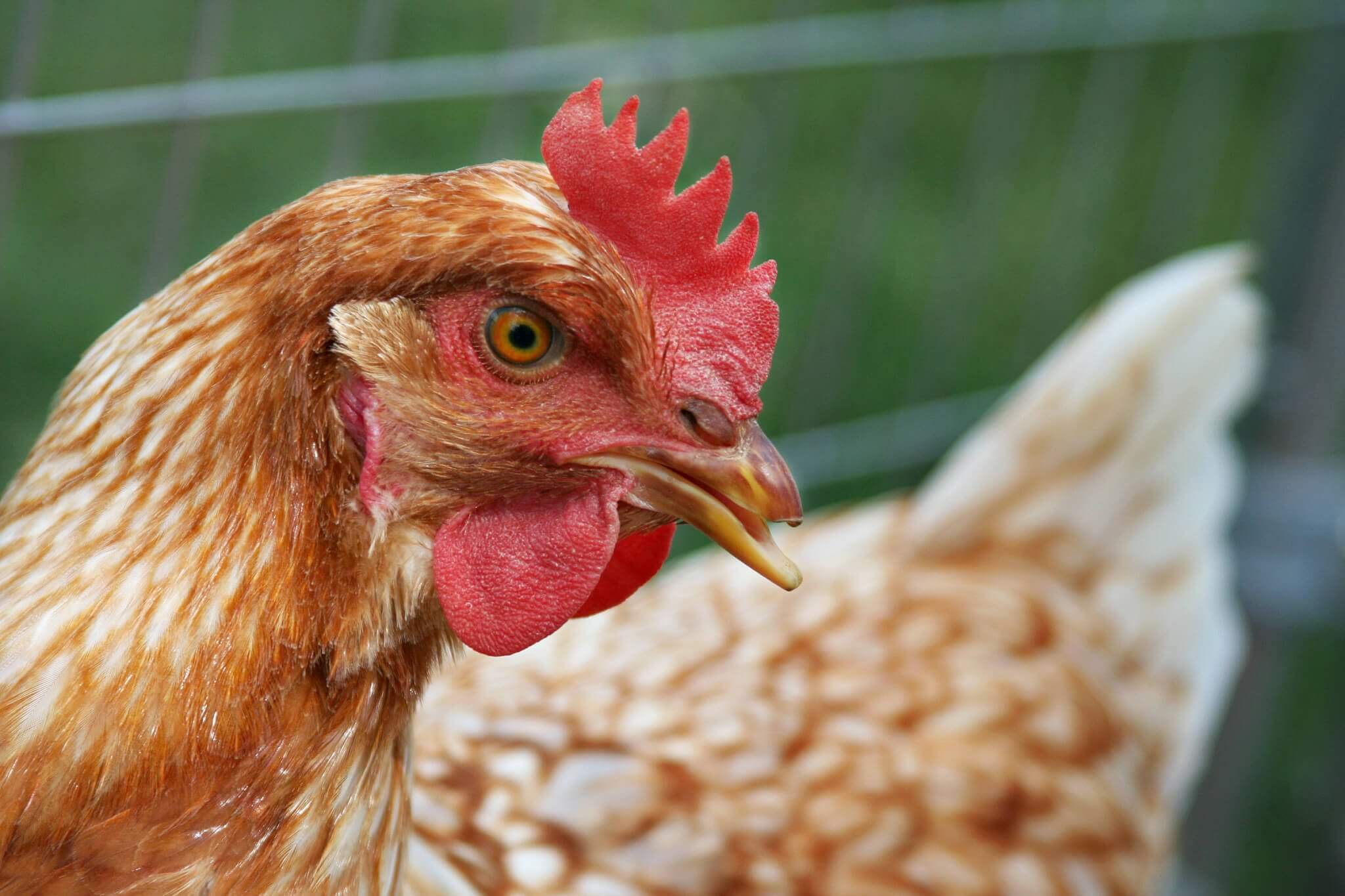Debeaking involves the cutting off a third to a quarter of a bird’s upper and lower beaks. Debeaking is also referred to as beak trimming, or beak conditioning.
In most cases, beak trimming permanently shortens a birds beak. Beak regrowth, however, can occur in some cases.
Beak trimming is usually applied to birds farmed in intensive housing . It results to a beak that is less pointed, sometime square pointed.
Beak trimming helps reduce bird aggression towards each other. Additionally, it helps minimize cases of cannibalism. Trimming is usually done early in a flock’s life.
Why is debeaking done to poultry birds
Beak trimming is done to prevent chicken from attacking each other when they are stressed. Debeaking helps minimize pecking injuries and bird’s deaths in a flock.
Poultry birds, especially those kept in crowded coops can develop cannibalism. Cannibalism means that birds attack and feed of other. If left unchecked and uncontrolled, cannibalism can easily spread within a flock.
Birds farmed in extensive housing, without overcrowding, rarely if ever need beak trimming. Poultry birds with access to the outdoors also naturally file their beak on rock and other hard surfaces to keep their beaks trimmed.
When a bird does not have access to hard surfaces for filing its beak, the beak can overgrow and interfere with its feeding and preening .
A trimmed beak can regrow to previous length. Debeaking however, cuts a bird’s beak in such a way that it does not regrow to length.
4 Debeaking methods
There are at least 4 methods for trimming poultry beaks. These include mechanical, hot-blade, electrical, and infrared.

Mechanical trimming
In mechanical trimming, a simple blade device or scissor e.g. secateurs, or shears, is used to trim a bird’s beak. Mechanical trimming causes minimal damage to underlying tissue and birds are unlikely to develop neuroma, of the trimming is precise. However, birds may experience acute pain after the trimming.
Hot-blade trimming
For hot-blade trimming, a mechanized heated blade is used to trim a chicken’s beak. This method can cause tissue damage near the cut edge. Amount of tissue damage can vary depending on blade’s temperature and amount of time it is in contact with the beak. Hot-blade trimming is slightly painful but results in low chance of neuroma development.
Electrical trimming
Electrical trimming involves the use of an electric current to damage the beak so that the tip falls off. This method is also likely to cause greater tissue damage. Electrical trimming is not idea if you are looking for a less painful trimming method. Birds trimmed with electrically are less likely to develop neuromas.
Infrared trimming
With infrared trimming, an infrared light is used to burn off the beak so its tip falls off. The infrared method is preferred from a perspective of animal welfare. This is because it does not create an open wound. Moreover, birds are less likely to suffer lasting stress or pain. Additionally, infrared trimming is more effective achieving a permanent trim. Birds trimmed via infrared method have low likelihood of beak regrowth.
Other methods
Poultry birds can also be trimmed using other methods such as lasers, freeze-drying, and chemicals.
When to do beak trimming
For effectiveness, beak trimming is usually performed early in a bird’s age. In some cases, debeaking is performed in 2 or 3 rounds to a flock.
Beak trimming can be performed as early as when a bird or flock is 5 – 10 days old. When performed on mature and older birds, debeaking can lead to chronic pain.
In order not to compromise a bird’s health, debeaking should be done by certified poultry technicians or vets. Improper beak trimming can result in prolonged distress, and inability to feed.
Beak trimming: pros and cons
There are some advantages and disadvantages to poultry beak trimming. Here is a short summary:
| Pros | Cons |
|---|---|
| Prevents feather plucking, injury and cannibalism | Short term pain and stress to birds |
| Improves welfare of closely confined birds | Can result to impaired feeding |
| Can prevent feather plucking and result in better feathering | Inability of birds to preen properly |
| Can affect bird’s sensory capabilities and other behaviour | |
| Leaves birds at risk of developing neuroma and beak deformation, and abnormal beak occlusion |
Animal welfare concerns
Debeaking causes acute pain and distress to birds. Older birds can experience chronic pain. The practice has been considered as animal cruelty. Some poultry farming companies in some countries such as China have voluntarily ended beak trimming.
Beak trimming has come under scrutiny from animal welfare advocacy groups. Debeaking is already banned in a number of countries, most notably in Europe. The practice is expected to be banned throughout the continent in the near future.
You may also be interested in following poultry farming discussions on Tiktok.
Key takeaways
- Beak trimming, is usually applied to crowded flocks to improve bird welfare
- Debeaking can be done by mechanical, hot-blade, electrical and infrared means
- Beak trimming causes acute pain and stress to birds
- Older birds can experience chronic pain from debeaking
- Ensure debeaking of your flock is performed by certified poultry technicians or vets
- Improper beak trimming can result to permanent injury and death
- Debeaking is banned in some countries due to animal welfare and ethical concerns
- More countries are expected to ban the practice in the near future

